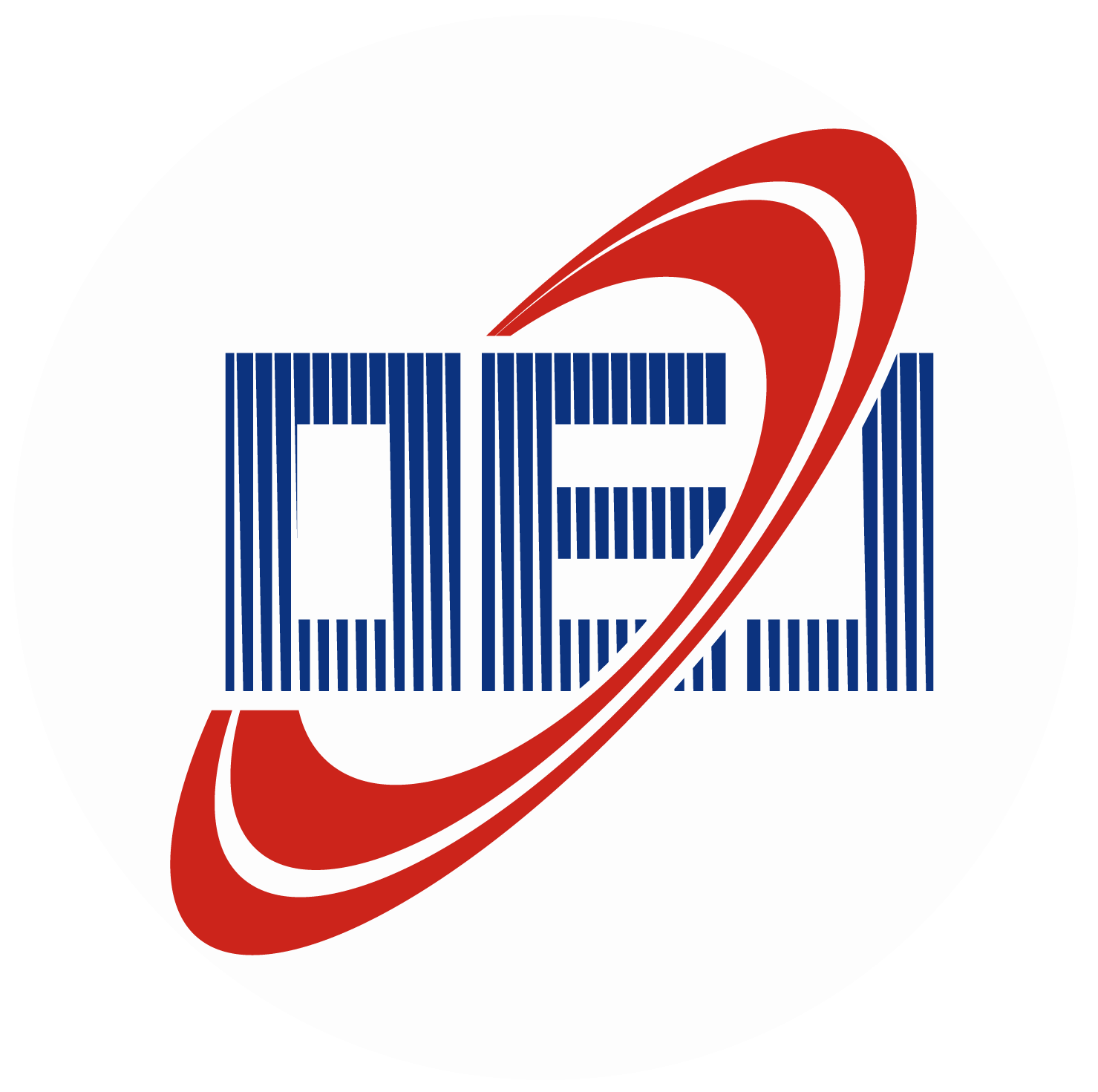-
Abstract
Eco-friendly quantum-dot light-emitting diodes (QLEDs), which employ colloidal quantum dots (QDs) such as InP, and ZnSe, stand out due to their low toxicity, color purity, and high efficiency. Currently, significant advancements have been made in the performance of cadmium-free QLEDs. However, several challenges persist in the industrialization of eco-friendly QLED displays. For instance, (1) the poor performance, characterized by low photoluminescence quantum yield (PLQY), unstable ligand, and charge imbalance, cannot be effectively addressed with a solitary strategy; (2) the degradation mechanism, involving emission quenching, morphological inhomogeneity, and field-enhanced electron delocalization remains unclear; (3) the lack of techniques for color patterning, such as optical lithography and transfer printing. Herein, we undertake a specific review of all technological breakthroughs that endeavor to tackle the above challenges associated with cadmium-free QLED displays. We begin by reviewing the evolution, architecture, and operational characteristics of eco-friendly QLEDs, highlighting the photoelectric properties of QDs, carrier transport layer stability, and device lifetime. Subsequently, we focus our attention not only on the latest insights into device degradation mechanisms, particularly, but also on the remarkable technological progress in color patterning techniques. To conclude, we provide a synthesis of the promising prospects, current challenges, potential solutions, and emerging research trends for QLED displays. -



 E-mail Alert
E-mail Alert RSS
RSS


